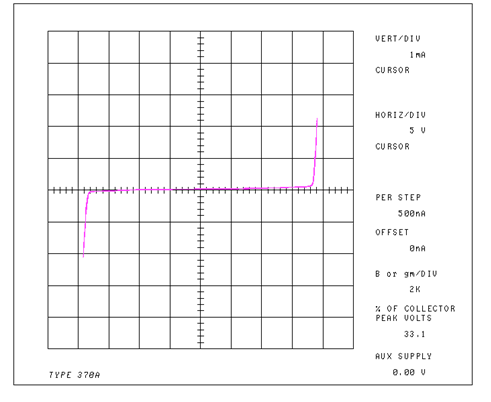Figure 29 of the SLLSEJ8D version of the datasheet appears to indicate that the output impedance of the driver stage (Y & Z) would be high even when the device is unpowered. The ABS max ratings suggest this would be true for voltages between -13V and +16.5V.
Please confirm there are no internal sneak paths for current to flow into the device through the output when Vcc is = 0 V.



